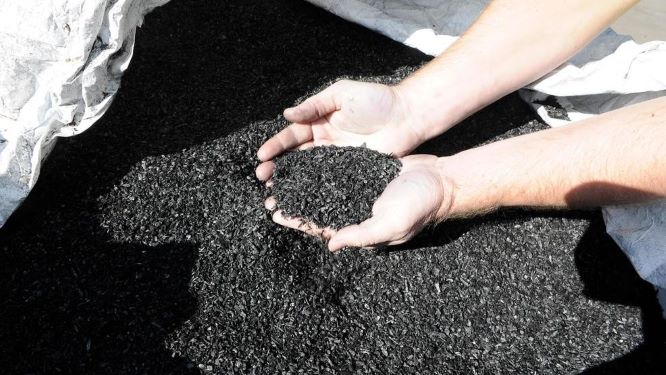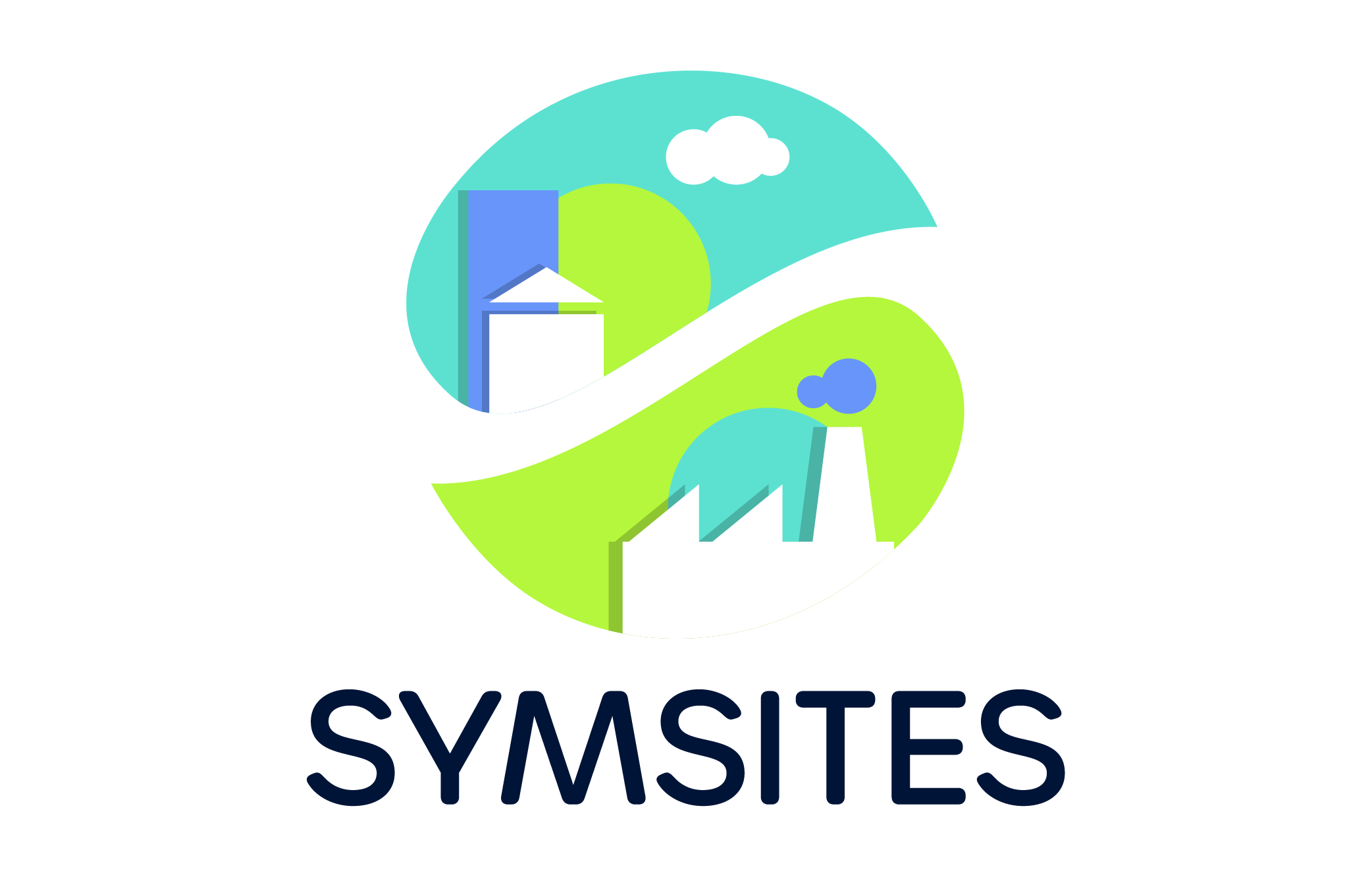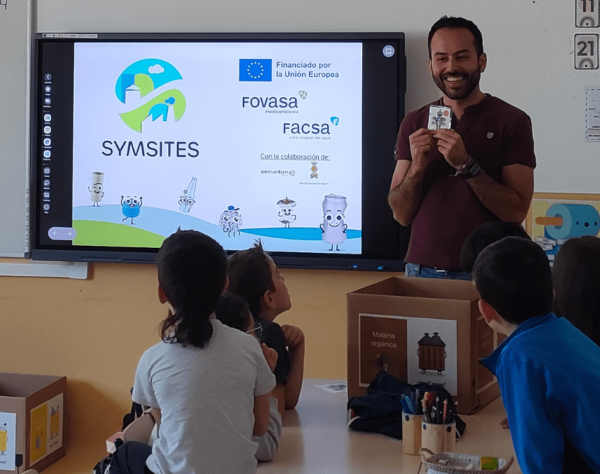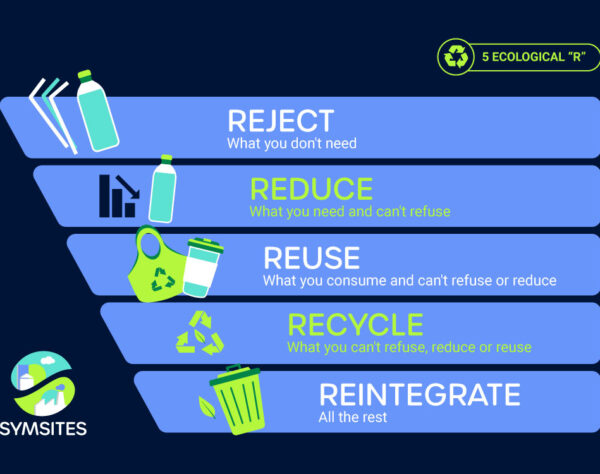
From non-recyclable solid waste to high-value resources: the case of biochar production
Non-recyclable solid waste can be used to produce high-value new resources. This is possible thanks to a thermochemical process known as Pyrolysis.
Pyrolysis converts organic matter into fuel, with high yield, by heating at a moderately high temperature (350-650ºC) and in the absence of oxygen.
Due to its treatment capacity, it is the most effective method to compete with non-renewable fuel sources, therefore has become an attractive and promising process.
Through the pyrolysis process biomass is transformed into three products:
- non-combustible gases,
- oils,
- char, in particular biochar, biocarbon or carbonaceous residue.
There are different types of pyrolysis depending on the heating speed and the residence time of the biomass in the reactors.
The pyrolysis process produces the following fractions:
- a fuel or raw material for obtaining chemical products of interest,
- a gas with a low calorific value that is usually used to feed the pyrolysis’ own process,
- a solid product (char) that can be used as a solid fuel, an adsorbent, or even a soil amendment.
What do we mean by solid products?
Biochar is the perfect example of a produced through the pyrolysis of waste biomasses. It has many environmental benefits, including enhancing soil fertility, immobilizing contaminants, or serving as an adsorbent for water purification.
Biochar has a low absorbent capacity. However, with physical activation, activated carbon can be obtained from biochar. Activated carbon can be used as an adsorbent in numerous fields of application such as water treatment, food and beverage processing or gas purification.
In the SYMSITES project, the pyrolysis system is at the origin of our Ecosites.
The pyrolysis will produce solid content (char); then, char will activate carbon for the adsorption column of wastewater treatment.
Did you miss how this works? Read our previous articles:





